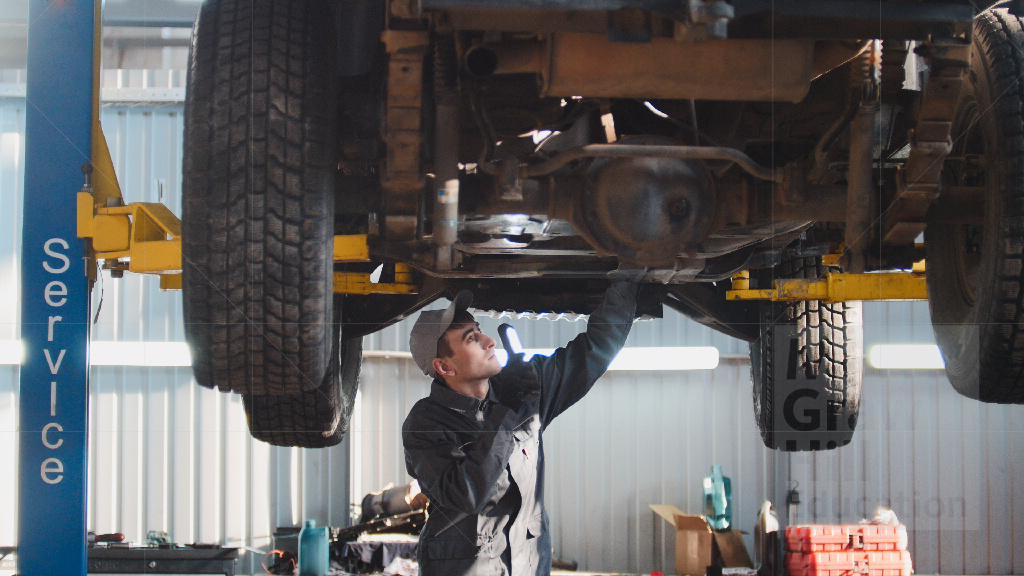Centralized Indecision
Learn more about the advantages and disadvantages of centralized organizational structures in this article.

There are several advantages and disadvantages of centralized organizational structures. Although the higher level of oversight in centralized structures tends to reduce the number of errors made by low-level workers, when errors do occur, they tend to cascade though the whole system quickly and can therefore be more debilitating. One very recent and tragic example of this can be seen in the mass shooting at Uvalde Elementary School, where 19 children and 2 teachers lost their lives in the 77-minute standoff between one lone active shooter and – what eventually evolved into -- over 350 armed police officers.
For many reasons, police organizations tend to design centralized decision-making structures and “command and control” organizational cultures. Although this does create tight control over employees who are carrying deadly weapons around unarmed civilians, these structures are often slow to respond to unanticipated events where lower-level employees need to make quick decisions on their own. Then, the fact that so many armed officers were on site actually made the situation worse, as this crated a “diffusion of responsibility” where no one took a leadership role and instead stood back and waited for others to act.
There are two key points to addressing these kinds of problems. First, organizations need to design a formally-structured, multiteam system approach where units from different organizations train and rehearse together for a myriad of potential non-routine disaster response scenarios. Second, each and every officer has to be trained to overcome the tendency toward diffusion of responsibility and take unilateral charge of a situation – even if they do not feel they have the formal authority to do so. Once such program called the “Active Bystander in Law Enforcement” (ABLE) Program has been introduced in cities such as Chicago, Philadelphia, Phoenix, Baltimore, and Dallas to promote fast and effective decision-making by low-ranking teams and officers who traditionally work within highly centralized structures.
Questions for Students
1. Although this critical incident shows how centralized structures come with certain decision-making disadvantages, can you think of other recent events where “rogue officers” making decisions outside the formal structure have created their own problems for police departments?
2. How can organizations best balance the need for top down “command and control” of their organization, while at the same time creating enough latitude for people to make their own decisions when the need arises?
Notes for Instructors
This case is an example that most students will be aware of and interested in because they have been in school all their lives, and many have probably taken part in “active shooter” drills. Try and elicit responses from students who have experienced that and pivot to what they would do if they were in an HR role in a school district or police department, based upon what they read in the text on the advantages and disadvantages of alternative organizational structures.
Sources: J.D. Goodman and Sandoval, “Report on Uvalde Shooting Finds ‘Systemic Failures’ in Police Response, The New York Times Online, July 22, 2022; C.A. Sanderson, “When Police Fail to Act in a Crisis, The Wall Street Journal, July 28, 2022.


